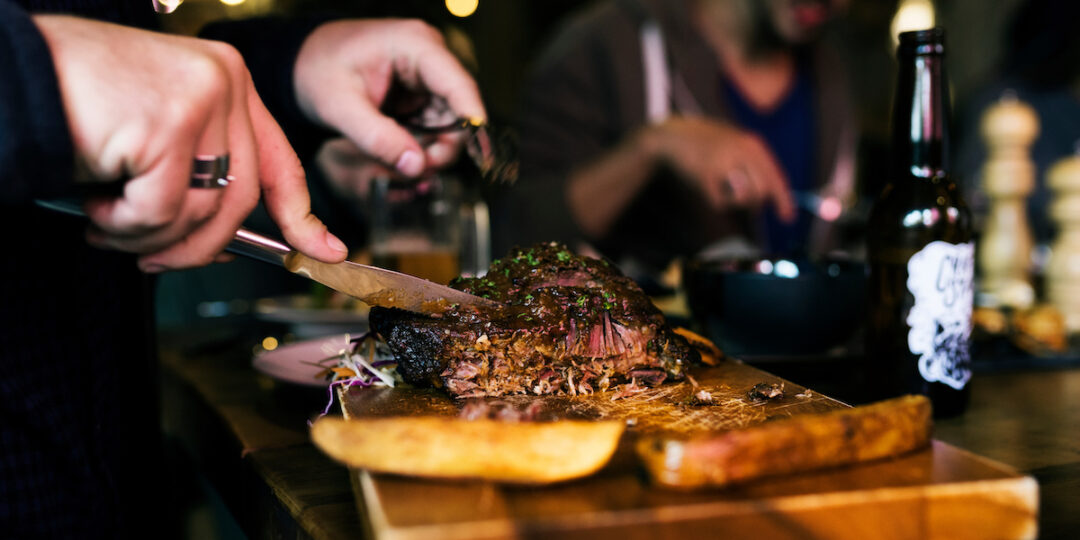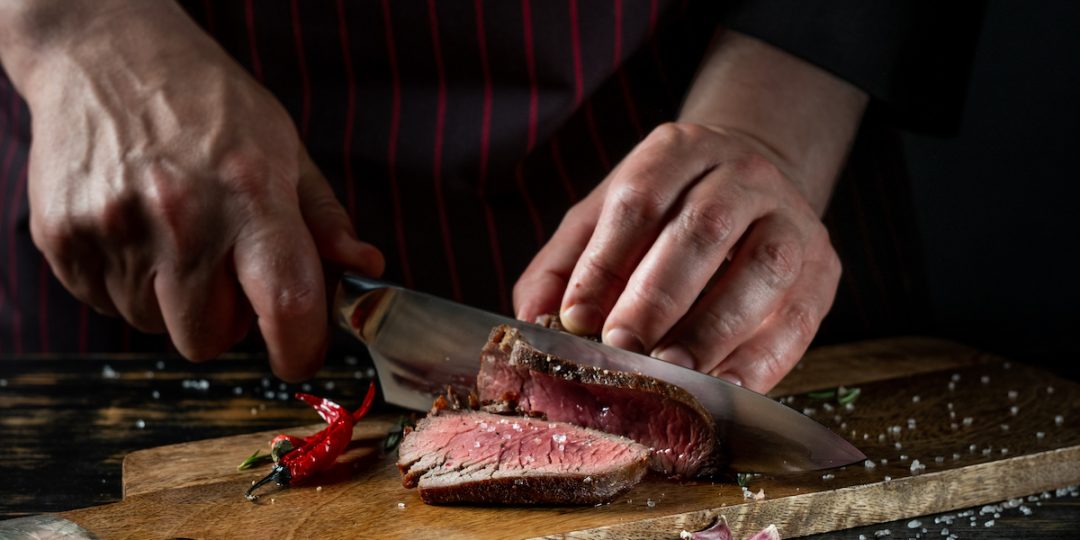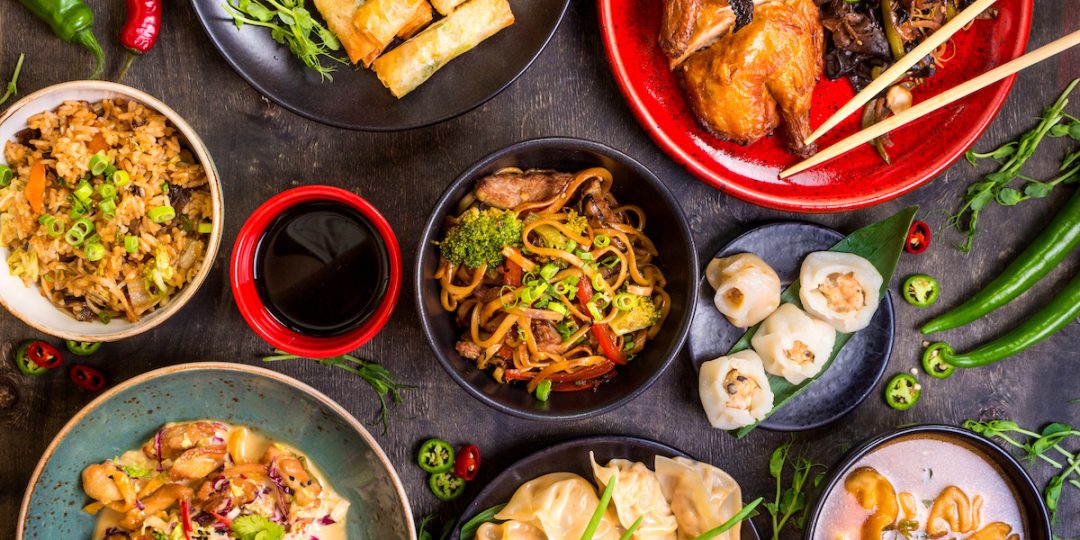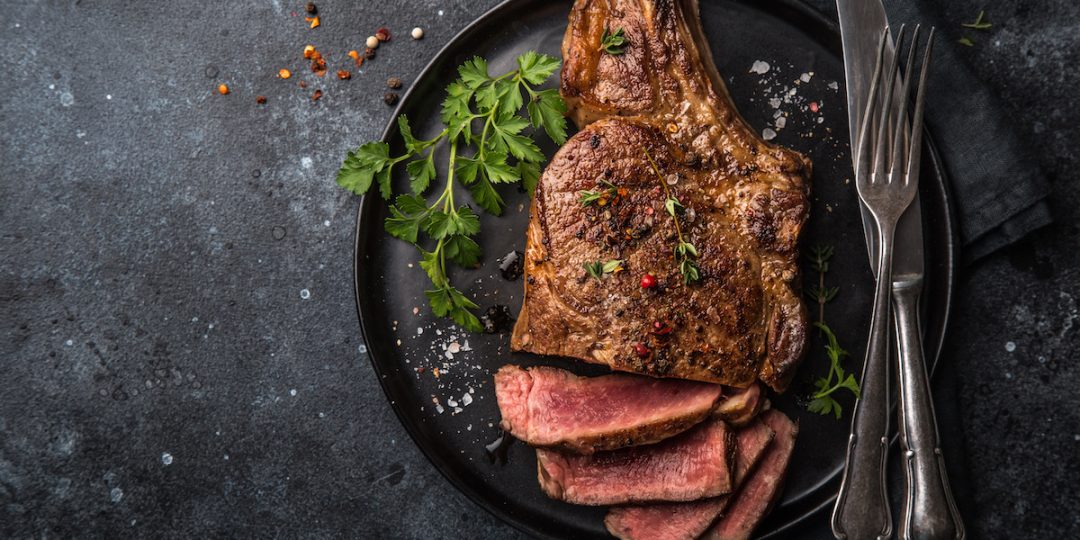The concept of “comfort food” speaks to the emotional and psychological role of food in providing a sense of warmth, nostalgia, and care. This is especially relevant for those receiving home care services in Ottawa, for whom a satisfying and comforting meal can greatly improve overall well-being. Ottawa’s vibrant steakhouse scene offers the type of hearty, protein-packed options that can provide comfort along with top-notch taste. When combined with the city’s comprehensive home care services, these restaurants provide both physical and emotional nourishment.
For those receiving home care services in Ottawa, small comforts can have an outsized impact on quality of life. Ottawa takes pride in its steak restaurants, which provide diners with indulgent cuts of tender, juicy beef. These satisfying meals are the epitome of “comfort food” and can provide a much-needed boost in morale for home care clients along with their nutritional benefits. The city’s premier steakhouses provide both exceptional flavor and the emotional experience of enjoying a great meal. With professional home care support also available across Ottawa, clients can focus on savoring the moment instead of worrying about their health and independence.
The Role of Hearty Meals in Providing Comfort and Care
A well-prepared, protein-rich meal delivers sustenance on multiple levels to home care clients. The rich flavors and hearty portions provide a literal energy boost while also offering emotional and psychological benefits. Enjoying a meal out can provide a pleasant change of pace from eating at home, improving morale. Steakhouses also conjure up feelings of celebration and indulgence, giving home care clients something special to anticipate. This alone can improve outlook and 4appetite. Surrounded by the welcoming ambiance of a great restaurant while savoring perfectly cooked prime rib or sirloin, home care clients can relax and focus simply on enjoying the eating experience. For those dealing with health issues, that ability to fully immerse oneself in a meal can be transformational.
Professional caregiving focuses primarily on physical needs, from coordinating medical appointments to assistance with activities of daily living. However excellent the care provided, individuals still require emotional and psychological support. A satisfying meal offers mental and emotional nourishment along with physical sustenance. The comfort provided by a well-prepared steak or decadent dessert should not be underestimated. Top-notch food and caring company allows home care clients to set aside anxieties related to their independence and health challenges. Comfort food fills more than just their stomachs—it feeds their overall well-being.
Overview of Home Care Services in Ottawa
Ottawa offers a full spectrum of home care services to support individuals who wish to retain their independence while managing health issues. Home care providers supply professionally trained personnel to assist clients within their residence. These services aim to improve quality of life and provide dignified support. Some of the assistance offered includes:
Skilled nursing: Registered nurses or other medical professionals can provide wound care, medication management, injections, disease education, and coordination with physicians.
Personal support: Caregivers assist clients with activities of daily living like bathing, grooming, using the washroom, and feeding. They also provide light housekeeping.
Companionship: For those who are socially isolated or desire additional support, caregivers provide friendly visits and companionship. This helps improve emotional well-being.
Several providers across Ottawa offer customized home care packages to match each client’s needs. With services available 24/7 in some cases, home care removes the stress of managing household activities independently. Caregivers empower clients to focus attention on enjoying time with loved ones and special activities like dining out.
The Best Steak Restaurants in Ottawa
Fortunately, Ottawa boasts several premier steak restaurants befitting a capital city. Perfectly seared exterior giving way to tender, juicy interior—these establishments deliver prime cuts cooked to perfection. Elegant plating and sides make every meal feel celebratory. For home care clients, visiting one of these outstanding steakhouses provides the ultimate dining indulgence:
The Keg Manor
A mainstay chain, The Keg offers refined elegance perfect for a special night out. Their aging process ensures even cheaper cuts like the 7-ounce sirloin deliver on tenderness. Heartier plates like the slow-roasted prime rib are deliciously filling. With fine wines and a variety of seafood, poultry, and pasta dishes rounding out the menu, everyone can find a comforting favorite. Attentive service in an upscale setting makes The Keg a strong contender for Ottawa’s best steakhouse chain.
Hy’s Steakhouse
Hy’s luxury experience comes with a price tag befitting its AAA four-diamond rating. Hand-cut aged steaks match beautifully with the extensive wine list for a meal to savor. Even with an average entrée hovering around $50, diners rave about the exquisite preparation and dropping nearly $100 per person is hardly uncommon. For home care clients, such first-class pampering allows them to feel like VIPs for an evening. Worth the occasional splurge!
Spencer’s by the Water
Nestled along the Rideau River under towering maple trees, Spencer’s delivers a refined take on comfort food classics. Skirt steak topped with chimichurri sauce or the braised lamb shank served with butternut squash risotto demonstrate their creative approach. Luxury touches like the raw seafood tower starter and tableside Caesar salad completes the upscale ambiance. With gorgeous views and deliciously prepared food, Spencer’s offers the full sensory experience clients crave.
Whether seeking classic Prime Rib au jus or creative surf-and-turf combinations, Ottawa carnivores have quality options. These restaurants understand how to prepare beef for optimal tenderness and flavor. Combined with indulgent sides and wines, they deliver exactly the type of satisfying comfort meal home care clients deserve.
Conclusion
Receiving home care services allows Ottawa residents needing assistance to retain independence and an enhanced quality of life. To attend to emotional and psychological needs, the comfort provided through a hearty meal has immense value. Indulging in tender prime rib cooked to perfection or a decadent lobster mac-and-cheese side provides clients with literal and figurative sustenance. Ottawa’s vibrant steakhouse scene features top-notch restaurants that excel in delivering exceptionally prepared cuts for diners to savor. Surrounded by attentive service and exquisite food, home care clients can relax and treat themselves to an extraordinary dining experience. These restaurants showcase how simple comforts like a well-prepared steak continue nourishing individuals even when health falters. With both hearty meals from stunning steakhouses and home care’s helping hand, Ottawa strives to provide complete care to clients in need.






